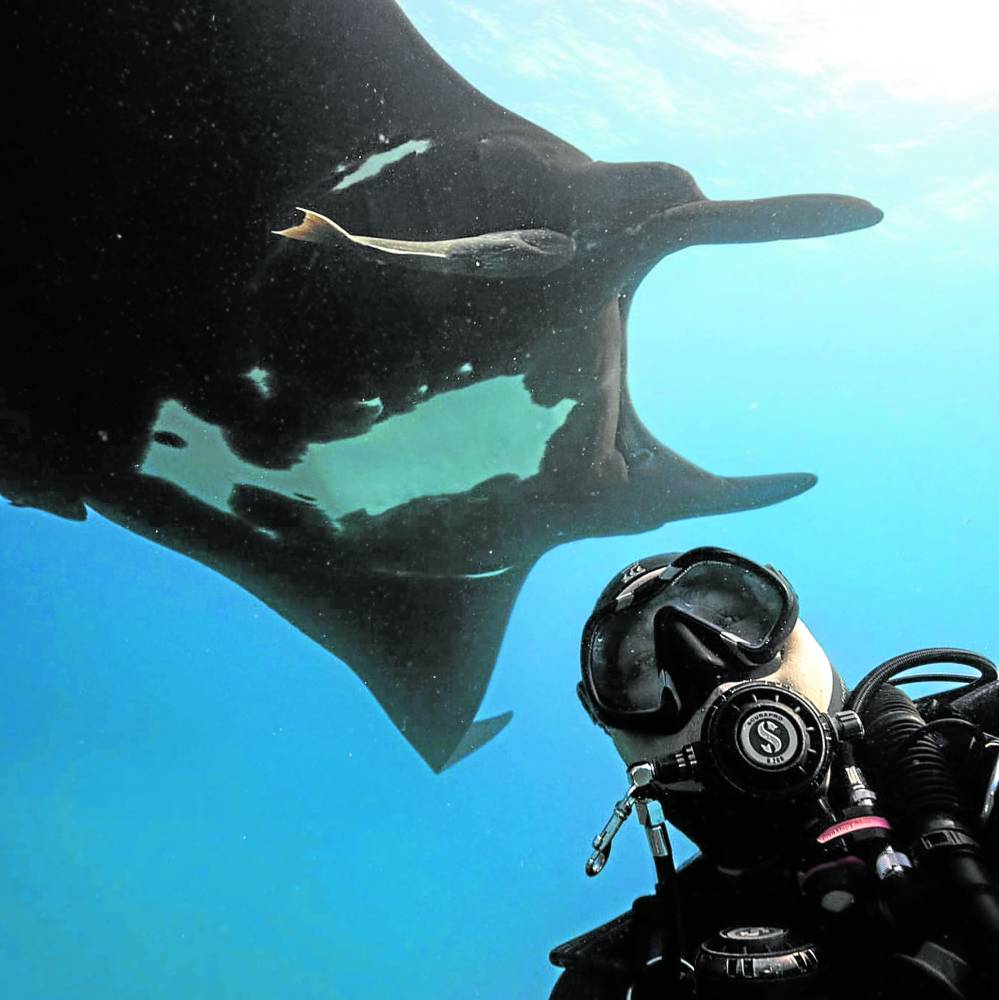
I first met photographer and cinematographer Randall “Boogs” Rosales on a dive trip he helped organize to Fiji in August 2019, where we were incredibly blessed to share the water with tiger sharks, bull sharks and a whole bunch of other apex predators swimming around us, close enough to touch. It was an unforgettable trip, and Boogs became a friend from that time on.
He’s a big, chunky guy with an even bigger smile, dimples, and a sick sense of humor above water. Throw him into any ocean, however, and in his all-black wetsuit, behind his video or photo camera, he somehow blends with the marine life, swimming gracefully alongside creatures big and small to capture them at just the opportune time.
In my many years of diving with underwater photographers, I’ve learned that this is what distinguishes the good ones from bozos toting expensive equipment: an eye for the perfect moment, and an underlying respect for this magical, blue environment in which we are all mere guests.
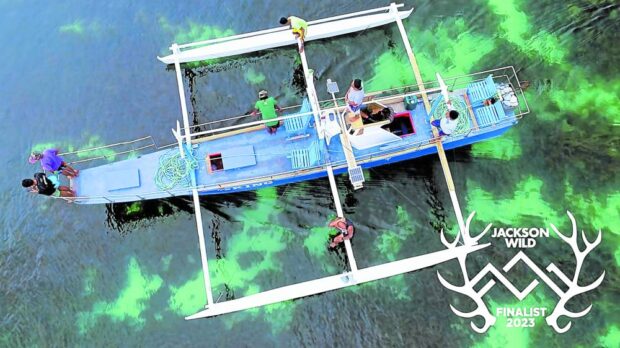
Case in point: Last February, in the cold waters off Isla de Revillagigedo in Mexico, where divers go for the sharks as well as the humungous, sociable manta rays with 25-foot wingspans, Boogs found himself tailed by a female manta ray (yes, they get close enough for divers to check) he christened Blackie. She followed him on successive dives, and he even managed a selfie with her.
What he wrote to accompany the picture he posted on Facebook sums it up best: “And so for 90 minutes, I got to play with a fish. A fish with the largest brain of any fish. A brain that I’m convinced not only draws maps of oceans, but also holds thoughts and memories. People often ask me why I enjoy diving so much, and I struggle to find the words sometimes. But I know for sure that it’s moments like this that fill my soul. Moments that remind me that Iife on earth exists beyond our own human experiences.”

Elite group
Which brings me to the big news we’re sharing here: First, 36-year-old Boogs, a De La Salle University Computer Science graduate and former IT professional, who somehow found himself doing cinematography “specializing in underwater work and ocean-related stories,” was just accepted into the International League of Conservation Photographers (ILCP), a prestigious fellowship of the world’s top wildlife and nature image-makers.
Second, “Dahican,” a short film he produced and directed last year in association with Manila Media, about a community of surfers, in Mati, Davao, protecting turtles, has been nominated in the People and Nature–Short Form category of the Jackson Wild Media Awards, recognized as the highest award of achievement in the field of natural history filmmaking. Winners will be announced in September.
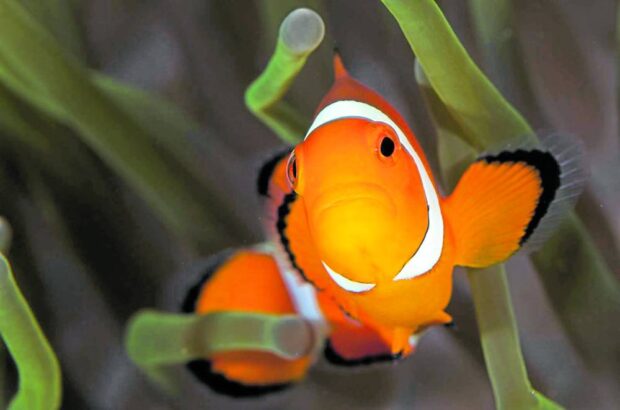
“There is still much work to do, and I only hope that this film will keep the conversation going among the stakeholders of Dahican Beach in Mati, around which the narrative centers,” Boogs says. “We need to remain focused on protecting our marine turtles and supporting the heroic efforts of the dedicated individuals behind the scenes.”
Established in 2005, ILCP is a United States-based nonprofit organization whose mission is “to further environmental and cultural conservation through photography,” states the league’s website. “Our programs are built on the participation and contributions of our Fellows, an elite group of the world’s top wildlife, nature, and culture photographers who, in addition to displaying top-notch photographic skills, have each demonstrated a deep commitment to conservation efforts around the globe … a global community of professional photographers and filmmakers driving conservation impact through ethical visual storytelling.”
Right now, ILCP counts over 120 fellows, originating from 26 countries but working in 190, covering everything “from endangered flora and fauna to climate change to ocean health.” Yes, you have to apply to get in, and no, not everyone gets accepted.
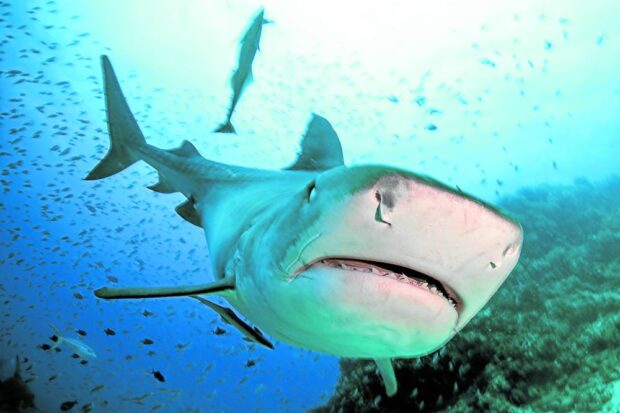
Well-deserved
Founded in 1991 as the Jackson Hole Wildlife Film Festival, Jackson Wild, expanding our reach and impact around the globe, “an inclusive global forum, inspiring our community, celebrating excellence in storytelling that illuminates our connection to the natural world and collective responsibility to the wild,” the website says—an accolade equivalent to the “Oscars” in the specialized field of natural history filmmaking. “Dahican” was selected from among 1,100 category entries from 74 countries.
“I applied with ILCP because I was seeking out the opportunity to learn from those I consider my heroes in this line of work,” Boogs says. “This has also long been a career aspiration of mine.”
There are two levels at which one can join the organization, Boogs explains: through the Emerging League Program (ELP), meant for early-career individuals displaying potential in the field, and as an associate fellow, a title reserved for more established professionals. “I applied for the ELP, but was told by the selection committee that my level of work and experience were more suited for the associate fellow title! It is such a profound honor to have my name alongside luminaries in the field.” Boogs is the first Filipino to be accepted as an associate fellow at the ILCP; fellow Filipino photogs and filmmakers Noel Guevara and Gab Mejia joined the ELP in 2021.
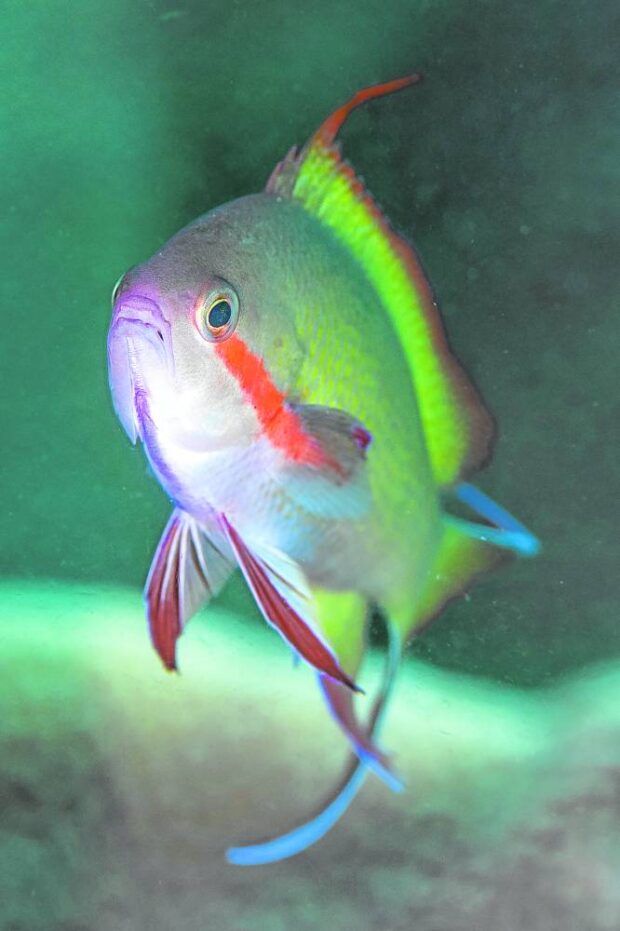
It’s well-deserved recognition for Boogs, whose images of the marine ecosystem and its charismatic denizens are some of the best I’ve seen, whether he’s zooming in on a tiny fish in Anilao or following an elusive thresher shark in Malapascua, Cebu.
Born and raised in Manila, Boogs first held his dad’s film camera when he was 11, but actually used his first video camera at around age 8, “a camcorder I took with me during my first trip to the zoo, and also for doing stop-motion clips at home,” he recalls. “The first thing I ever edited was a music video for a high school film project. I didn’t really get into taking videos again until around the time that DSLR (that’s digital single-lens reflex to the clueless) cameras came with video recording capabilities. I still use a hybrid camera, since I still get photography assignments.”
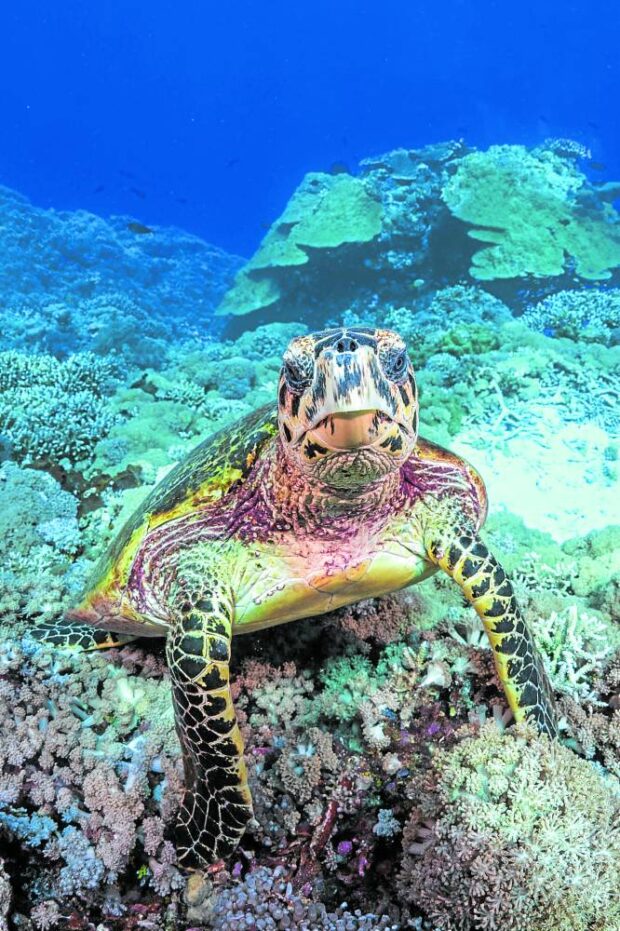
Right at home
He learned to dive right after college, doing an introductory dive in 2007, and getting certified in 2009. His “eye” quickly adjusted to the underwater environment, and Boogs was soon taking both dramatic stills and sleek videos. “For a while, I would still default to taking stills during dive trips even when I was already doing professional video work, but now I enjoy doing both and switch between the two, depending on the conditions and available opportunities.”Capturing ocean images came naturally to Boogs, and he felt right at home. “We aren’t really exposed to that much wildlife here in the Philippines—that is, until you go underwater.
“I’ve always been captivated by wildlife. I learned to sketch and paint animals like birds and big cats at a very young age, inspired by nature magazines like National Geographic. I even had a drawing guide for different species of sharks, which probably explains my fascination with them. Naturally, when I started to take pictures, nature was my subject.” He’s a fan of the work of multi-awarded National Geographic underwater photographers David Doubilet, Brian Skerry and Thomas Peschak.
Boogs has since been diving all over the place. “Some of my favorite destinations are Tubbataha Reef in the Philippines, Raja Ampat in West Papua, Indonesia, and the Revillagigedo Islands in Mexico.”
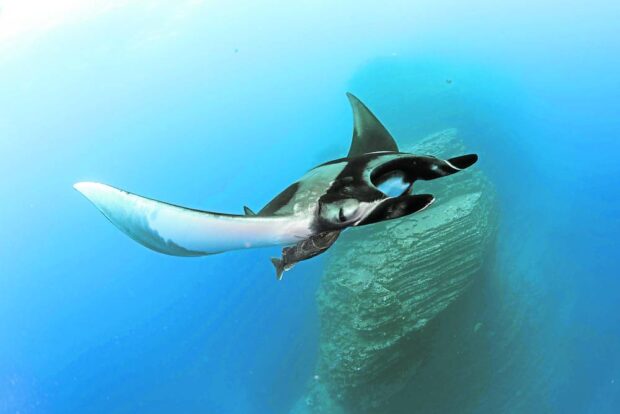
Asked about the coolest thing he has managed to film, he singles out the sardine run in Magdalena Bay, off the coast of Baja California in Mexico. “Schools of sardines and mackerel were hunted by striped marlins, bonitos, dolphins, whales, and even birds from above. It was sensory overload, one of those instances where you really don’t know where to point your camera.”
Boogs has also been involved in conservation projects, producing materials for campaigns to preserve the country’s marine resources. A concern for the planet comes naturally to chroniclers of the natural world, he believes. “Images have the power to hold their viewer’s attention and connect with them on an emotional level,” he notes. “Conservation storytelling, when done effectively, can bridge the gaps between pressing issues, key individuals and potential solutions.
“On a personal level, I tell stories about the ocean because I want people to understand how intertwined our lives are with marine ecosystems. Only when we understand things do we begin to care, and only then do we find the urge to protect them.”
—CONTRIBUTED

